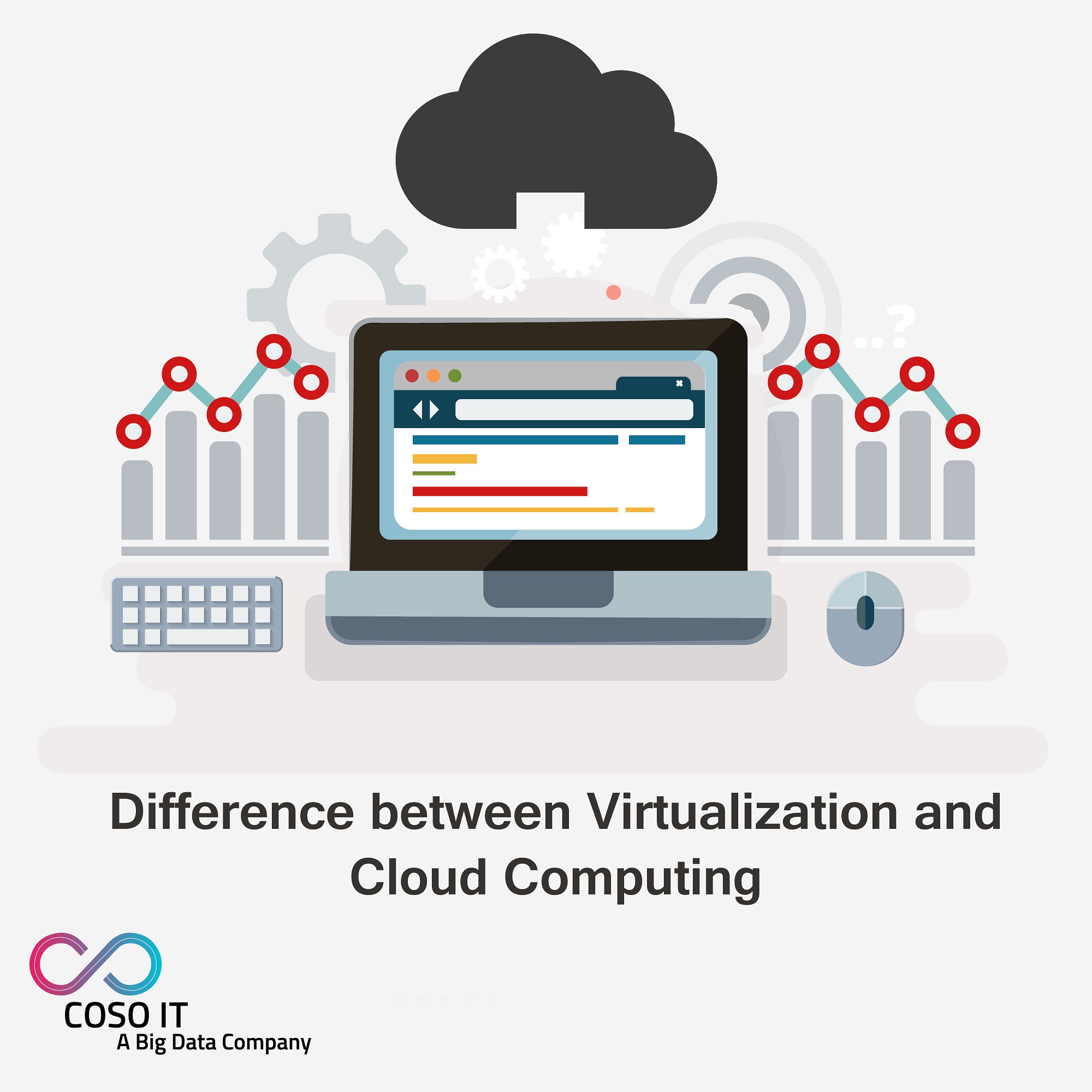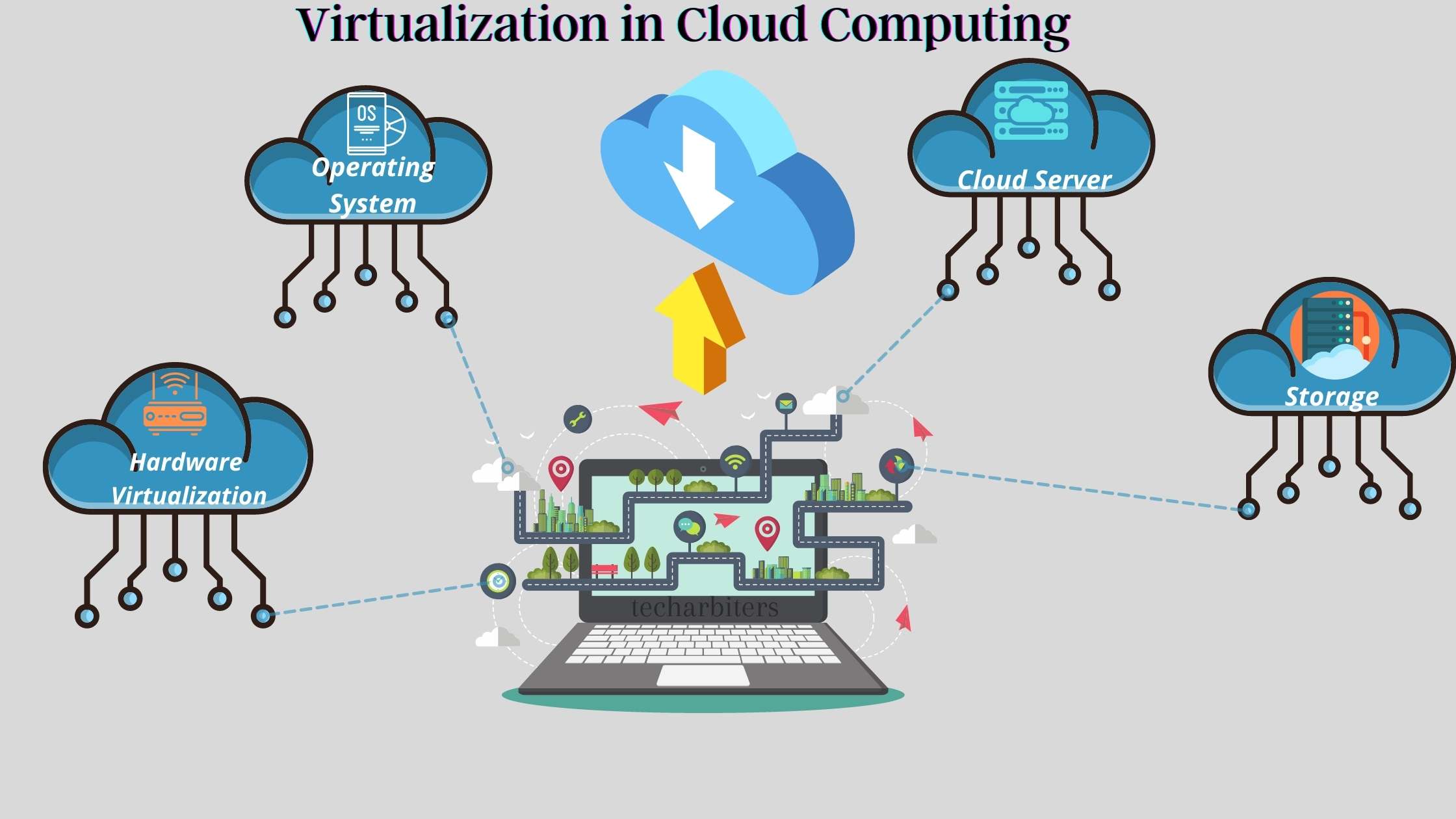VMware Alternatives 2024: Find The Best Virtualization Solution!
Tired of VMware's hefty price tag? You're not alone. The virtualization landscape is brimming with powerful, cost-effective alternatives that can deliver the same punch without emptying your wallet. We're diving deep into the best VMware alternatives, from open-source projects to enterprise-level solutions, to help you find the perfect fit for your virtualization needs.
Before we delve into specific platforms, let's acknowledge why seeking alternatives is a smart move. VMware is a dominant force, renowned for its robustness and scalability. However, its strengths can also be its weaknesses. The comprehensive feature set comes at a cost both financially and in terms of complexity. Smaller businesses, individual developers, or those with specific needs might find that VMware's capabilities are overkill. The alternatives we'll explore offer a range of benefits, including lower costs, streamlined interfaces, and integration with diverse environments. The ideal choice depends entirely on your unique requirements and technical expertise.
| Category | Details |
|---|---|
| Name | VMware, Inc. |
| Industry | Virtualization, Cloud Computing |
| Founded | 1998 |
| Headquarters | Palo Alto, California, USA |
| Key Products | VMware vSphere, VMware Workstation, VMware Fusion, VMware NSX, VMware vSAN |
| Website | www.vmware.com |
VMware has been a leader in the virtualization space, and it is important to acknowledge its market presence before exploring alternative options.
- Sebastian Stan Richard Madden Hollywoods Dynamic Duo Explore
- Mydesinet Your South Asian Entertainment Gateway Guide
Consider this a guided tour through a curated selection of VMware alternatives. We'll dissect the pros and cons of each, highlighting their strengths and weaknesses to empower you with the knowledge to make an informed decision. Whether you're a seasoned system administrator or a curious newcomer to the world of virtualization, this exploration will shed light on the diverse options available.
The decision to explore VMware alternatives stems from several factors. Cost is often the primary driver, particularly for smaller businesses with limited IT budgets. Open-source solutions offer a compelling alternative, eliminating licensing fees and providing greater control over customization. Another key consideration is integration. VMware may not always seamlessly integrate with existing infrastructure, particularly in environments dominated by non-Windows systems. Finally, the complexity of VMware can be a barrier to entry for some users, driving them towards simpler, more user-friendly alternatives.
So, what precisely defines a robust virtualization platform? Several key features warrant careful consideration. Performance, of course, is paramount. The platform should efficiently handle multiple virtual machines without sacrificing speed or stability. Usability is equally important, ensuring a straightforward interface and intuitive management tools. Compatibility across various operating systems and hardware configurations is essential for flexibility. Cost remains a significant factor, requiring a transparent pricing structure without hidden fees. Finally, reliable support, whether through a vibrant community or dedicated technical staff, is crucial for troubleshooting and guidance.
- Camilla Arajo Leaks The Untold Story Whats Next
- Download Bollywood Hollywood Hindi Dubbed Movies Guide
One of the most compelling categories of VMware alternatives is the open-source realm. These platforms offer unparalleled freedom and customization, fueled by active communities that continuously contribute to their development and refinement. The open-source model fosters innovation and allows users to tailor the software to their precise needs.
KVM (Kernel-based Virtual Machine) stands as a powerful testament to the potential of open-source virtualization. Integrated directly into the Linux kernel, KVM leverages the host operating system's resources for exceptional performance. Its lightweight architecture minimizes overhead, making it ideal for Linux-centric environments. If your servers primarily run Linux, KVM is a natural and highly efficient choice.
Pros of KVM:
- Completely free and open-source, eliminating licensing costs.
- Exceptional performance due to its close integration with the Linux kernel.
- Ideal for Linux-based systems, offering seamless compatibility and optimization.
Cons of KVM:
- Limited native support for Windows guest operating systems, requiring additional configuration.
- May demand a higher level of technical expertise for setup and management compared to commercial solutions.
Xen represents another veteran in the open-source virtualization arena. Renowned for its stability and robust performance, Xen has found widespread adoption in cloud environments, where reliability is paramount. Its architecture emphasizes security, making it a preferred choice for organizations with stringent security requirements.
Pros of Xen:
- Reputation for high security, minimizing the risk of vulnerabilities.
- Well-suited for cloud computing environments, providing the necessary features for scalability and management.
- Benefit from a strong community support network, offering guidance and assistance.
Cons of Xen:
- Known for having a steeper learning curve compared to some other virtualization platforms.
- May necessitate the use of additional management tools for comprehensive control.
For organizations seeking enterprise-grade solutions with professional support, several VMware alternatives warrant consideration. These platforms offer robust features and dedicated technical assistance, catering to the demands of large-scale operations.
Microsoft Hyper-V emerges as the natural counterpart to VMware within Windows-dominated environments. Seamlessly integrated into Windows Server, Hyper-V offers a cost-effective virtualization solution for organizations already invested in the Microsoft ecosystem. Its tight integration simplifies management and ensures optimal performance on Windows platforms.
Pros of Hyper-V:
- Seamless integration with Windows Server, simplifying management and ensuring compatibility.
- Highly cost-effective for organizations already utilizing Windows Server licenses.
- Backed by Microsoft's comprehensive support infrastructure, providing access to professional assistance.
Cons of Hyper-V:
- Less ideal for environments primarily running non-Windows operating systems.
- May require additional licensing for certain features and configurations.
Oracle VirtualBox provides a more versatile and user-friendly virtualization option. While not as powerful as some of the enterprise-grade solutions, VirtualBox offers a free and easy-to-use platform for smaller-scale projects, testing, and development. Its broad operating system support makes it a valuable tool for developers working across multiple platforms.
Pros of VirtualBox:
- Completely free and remarkably easy to use, making it accessible to a wide range of users.
- Supports a wide variety of guest operating systems, providing flexibility for diverse development and testing needs.
- Excellent choice for testing software compatibility across different platforms and simulating various environments.
Cons of VirtualBox:
- Not suited for large-scale production deployments due to performance limitations.
- Offers comparatively lower performance compared to more robust virtualization solutions.
To facilitate a clearer comparison, let's examine a side-by-side breakdown of the discussed VMware alternatives:
| Tool | Cost | Performance | Usability | Support |
|---|---|---|---|---|
| KVM | Free | High | Medium | Community |
| Xen | Free | High | Low | Community |
| Hyper-V | Varies | High | High | Professional |
| VirtualBox | Free | Medium | High | Community |
This table provides a high-level overview. The ideal choice hinges on your specific needs and priorities. A small business prioritizing cost-effectiveness might lean towards KVM or VirtualBox, while a large enterprise might opt for Hyper-V for its professional support and seamless Windows integration.
Cost remains a central determinant in the selection of a virtualization platform. VMware's premium pricing can be a significant barrier for many organizations. Fortunately, the alternatives discussed offer a spectrum of price points, with many being entirely free. However, it's crucial to consider the total cost of ownership. While open-source solutions eliminate licensing fees, they may require more internal expertise and time for setup and management.
Modern IT infrastructure increasingly relies on cloud computing, making cloud integration a critical feature for virtualization platforms. Seamless integration with cloud services enables organizations to leverage the scalability and flexibility of the cloud. Platforms like KVM and Xen are frequently employed in cloud environments, offering features like live migration, snapshots, and load balancing, which are essential for cloud-based deployments.
Security is non-negotiable in the realm of virtualization. Running multiple virtual machines on a single host introduces potential security risks. A vulnerability in one VM could potentially compromise the entire environment. Therefore, selecting a VMware alternative with robust security features is paramount. Xen and Hyper-V are recognized for their strong security capabilities, while open-source solutions like KVM rely on the security of the underlying Linux kernel. Regardless of the chosen platform, adhering to security best practices is essential for mitigating risks.
Finally, the importance of community and support cannot be overstated. When utilizing a VMware alternative, particularly an open-source option, access to a strong community can prove invaluable. Online forums, mailing lists, and documentation provide a wealth of knowledge and assistance for troubleshooting and optimization. Enterprise solutions like Hyper-V offer direct professional support from their respective vendors.
In essence, the world of virtualization offers a plethora of options beyond VMware. From the flexibility of open-source to the reliability of enterprise-grade solutions, there's a platform tailored to every need and budget. Carefully evaluate your specific requirements, explore the available alternatives, and choose the solution that best empowers your organization to achieve its virtualization goals.
The key is to not only select the right platform, but to understand the underlying infrastructure required to make that platform effective and efficient. Whether it's the choice of hardware, security protocols or user access parameters, virtualization goes hand in hand with ensuring you're ticking all the right boxes when it comes to safety, security and reliability.
- New Hindi Movies 2025 Find Latest Releases Where To Watch
- Aditi Mistry Nip Slip The Incident That Shocked The World

Cloud Computing & Virtualization JVP Informatics

Difference between Virtualization and Cloud Computing

Virtualization in Cloud Computing Architecture Tech Arbiters